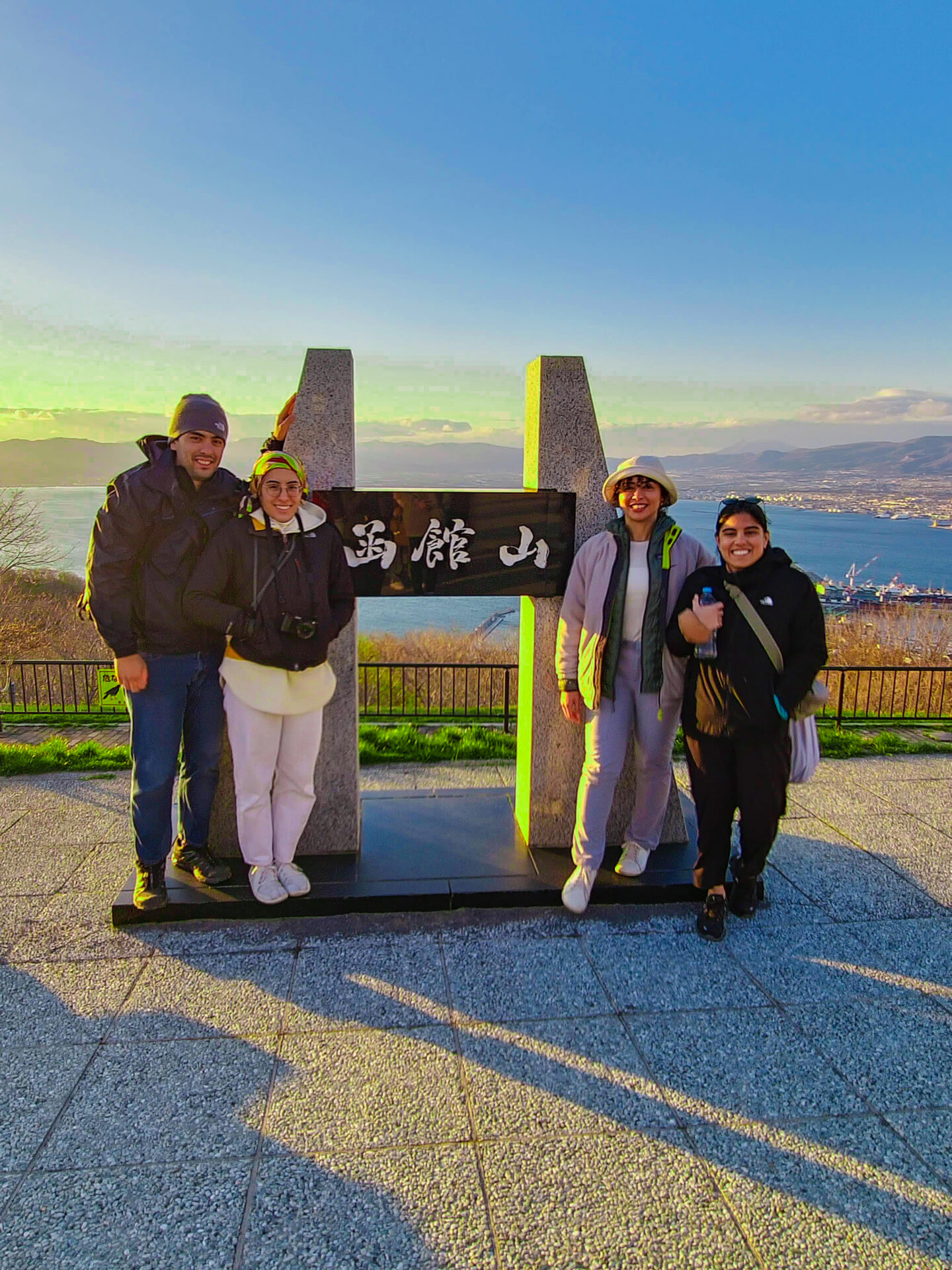We are pleased to present an exclusive interview with Abdulaziz AlRefai, a remarkable individual coming from a multicultural background, born in Saudi Arabia to a Kuwaiti father and a Japanese mother. Raised in Kuwait, Abdulaziz holds a Bachelor’s degree from Northeastern University in Boston and commenced his professional journey as a civil engineer at PACE, overseeing the Jamal Abdulnaser highway project in Kuwait.
Abdulaziz’s unique experiences, influenced by his diverse heritage, have led him to embark on a fascinating venture—organizing travel trips to Japan. His mission is to unveil the lesser-known facets of Japan, transcending the typical tourist destinations. From the nuances of Japanese culture, such as bowing and meticulous trash management, to dispelling common myths about the country, Abdulaziz shares insightful perspectives.
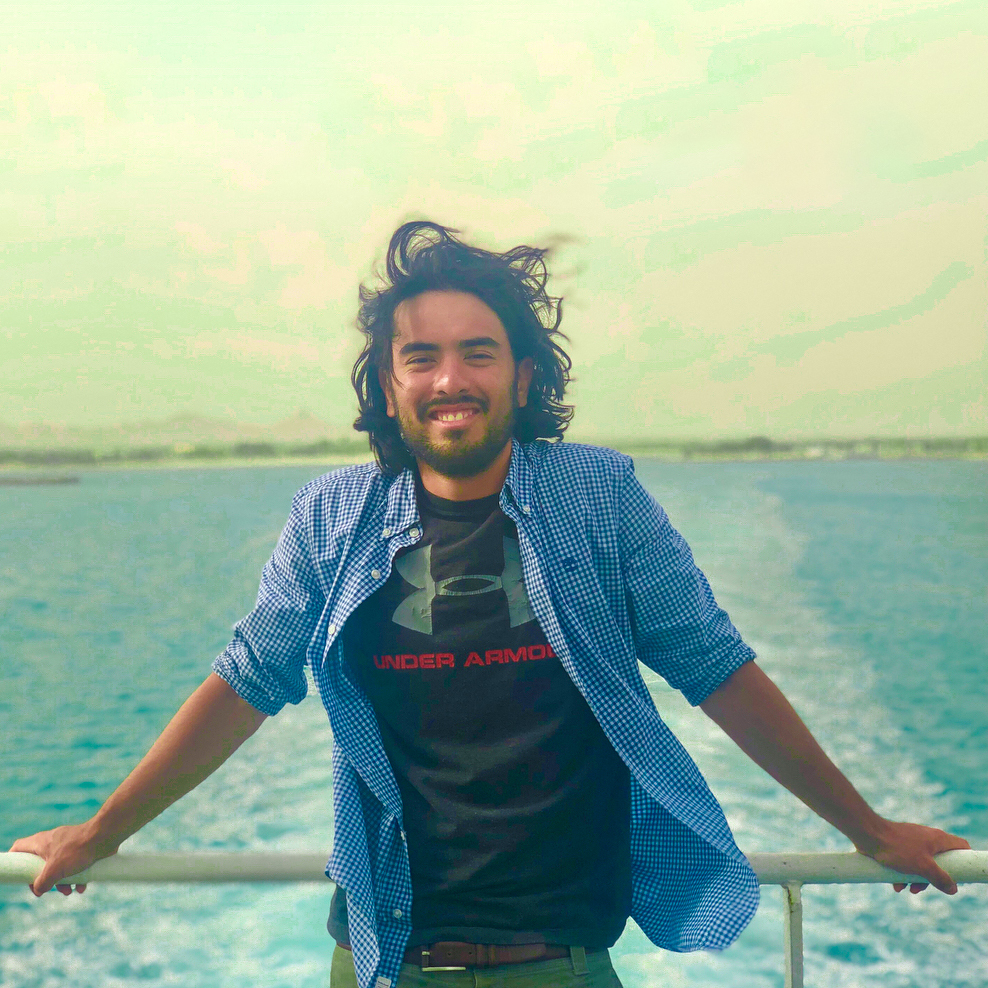
As the sole guide of his travel program, Abdulaziz is dedicated to providing personalized and dynamic experiences that showcase the rich tapestry of Japan’s regions throughout the seasons. His future plans include expanding the guide team, offering specialized itineraries, and providing tailored content for travelers from the GCC region.
Beyond his passion for travel, Abdulaziz’s diverse interests include functional strength training, sports like volleyball and ultimate frisbee, and strategic stock market investments. We hope this interview encourages readers to explore the depth and uniqueness of Japan’s culture.
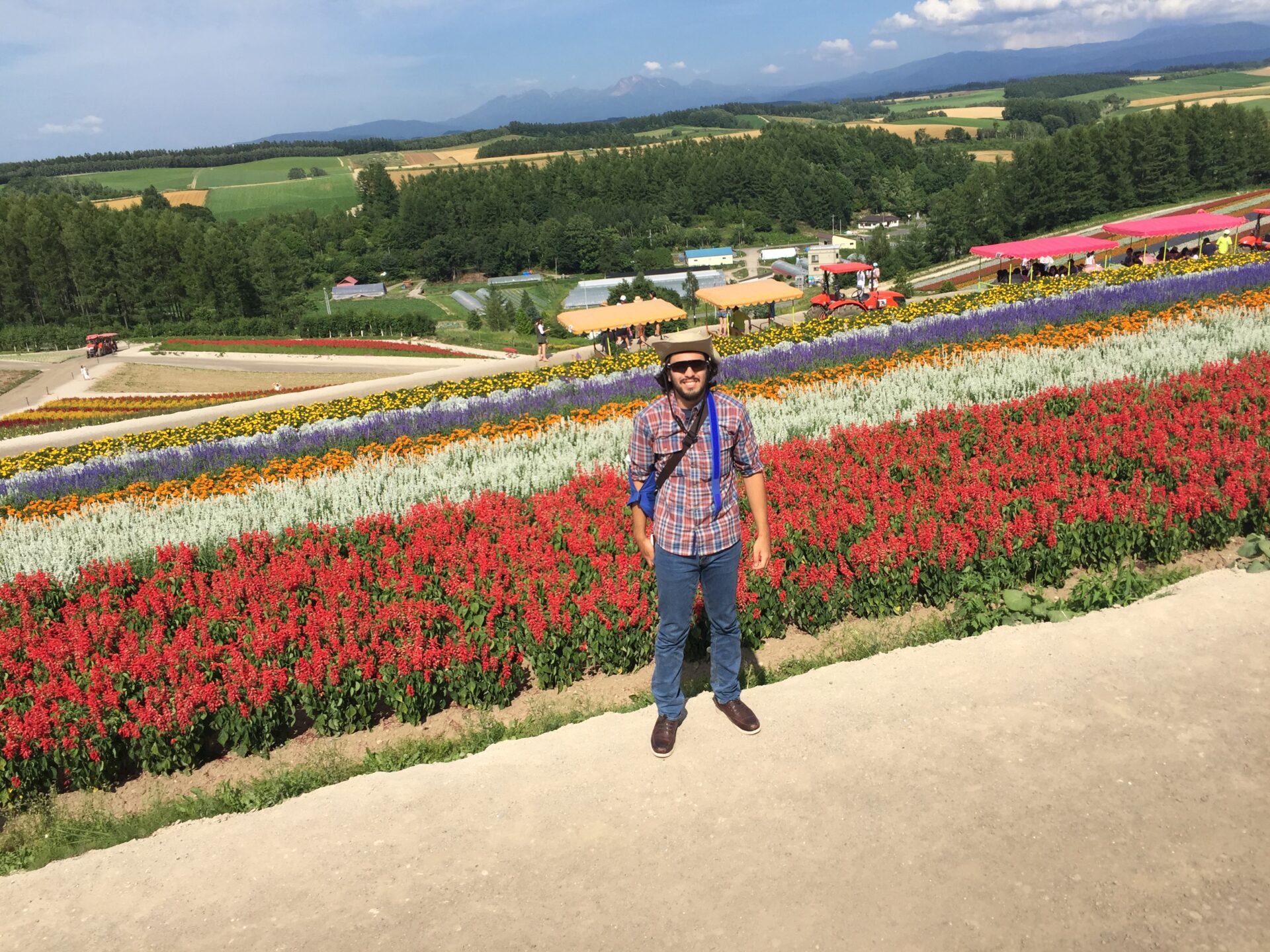
Please introduce yourself to our readers.
I’m from a multicultural background, born in Saudi Arabia to a Kuwaiti father and a Japanese mother from Fukuoka, and raised in Kuwait.
Tell us about your education.
I attended a bilingual school in Kuwait, focusing on Arabic and English, before going to Northeastern University in Boston for my Bachelor’s degree.
What was your first job after your graduation?
My first job was as a civil engineer at PACE, supervising the Jamal Abdulnaser highway project in Kuwait.
What are some of your best childhood memories?
My summers were often spent in Japan, visiting my grandparents in rural Fukuoka. I remember the cultural contrasts with Kuwait, attending baseball games, and playing with neighborhood kids.
How did you get started in organizing travel trips?
I began organizing travel trips while working in Oman as a part-time adventure guide. This role involved planning outdoor tours and coordinating events like ultramarathons, honing my skills in emergency preparedness, time management, and people skills.
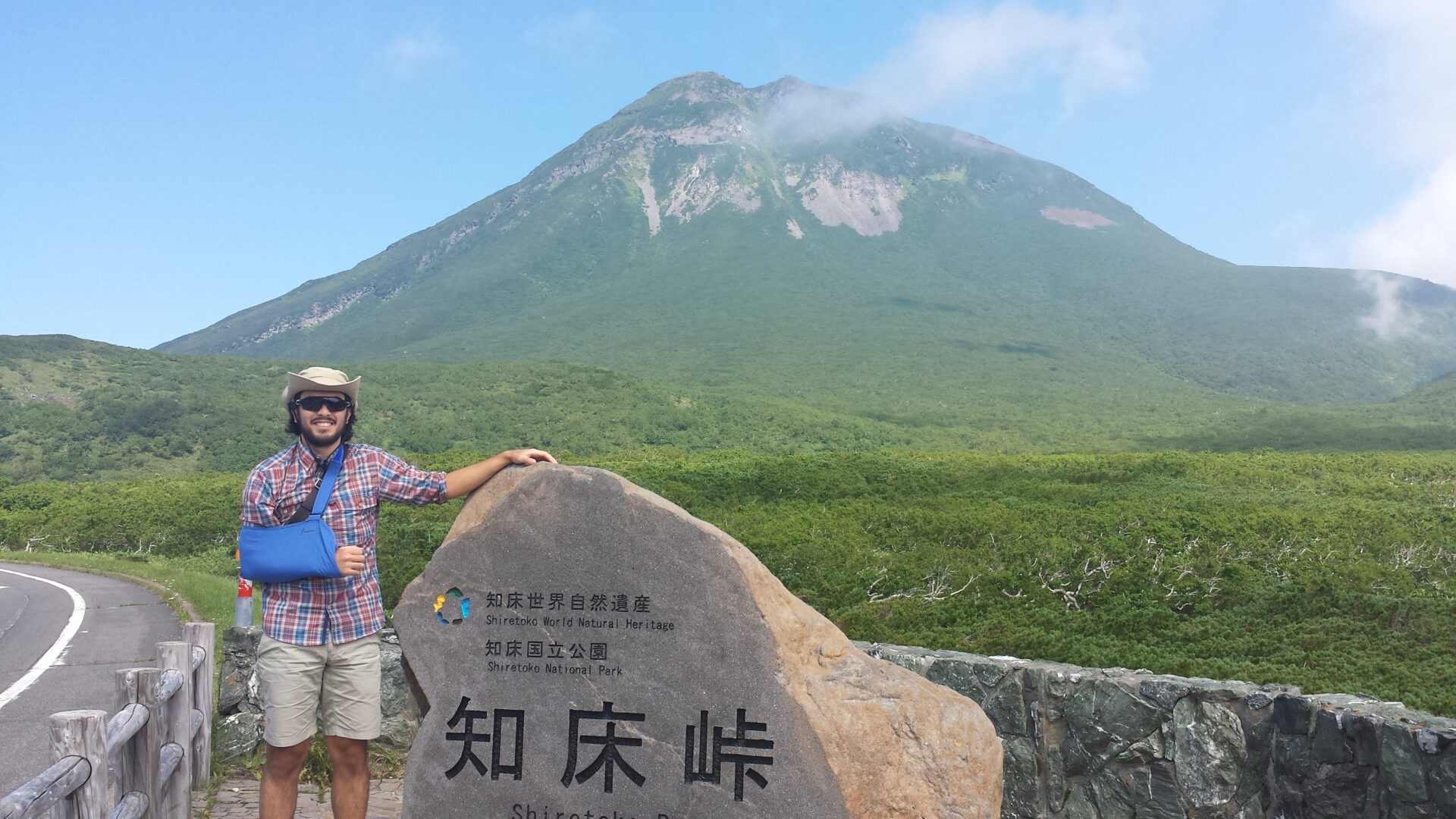
Are you only planning trips to Japan, or will you add other destinations too?
I specialize in trips to Japan only because of its diverse attractions. Each region has its own culture, special foods, and unique experiences, like special Hello Kitty trains or the scenic Sunrise Seto. Even within a month, there’s always something new to discover, from hidden gems in rural areas to the bustling streets of major cities. My goal is to show travelers the depth and variety of Japan, beyond just the famous cities.
What is it about Japan that you want to tell your friends in Kuwait?
I often tell friends in Kuwait that Japan is much more than Tokyo, Osaka, and Kyoto. Places like Hokkaido or the Chubu region are great summer destinations with cooler weather and fewer tourists, offering a more relaxed experience. Japan is full of unique festivals, like the Owara Kaze no Bon, that are often missed by tourists. I also emphasize the importance of understanding local customs, like being quiet on public transport and respecting certain etiquette, to fully appreciate the authentic Japanese experience.
When was your last trip and how was the response?
Our last Sakura-themed trip was unexpectedly unique, as the cherry blossoms arrived two weeks early. This change led us to explore northern regions, including Fukushima, Sendai, Aomori, and finally Hakodate. Experiencing the peak bloom in these less-traveled locations offered a rare and enchanting view of the cherry blossoms, a sight not often experienced by many. In Hakodate, particularly at Goryokaku Park, the blossoms were in full, stunning display. The highlight was a private onsen with a sea view, providing a serene and unforgettable experience of Japan’s natural beauty.
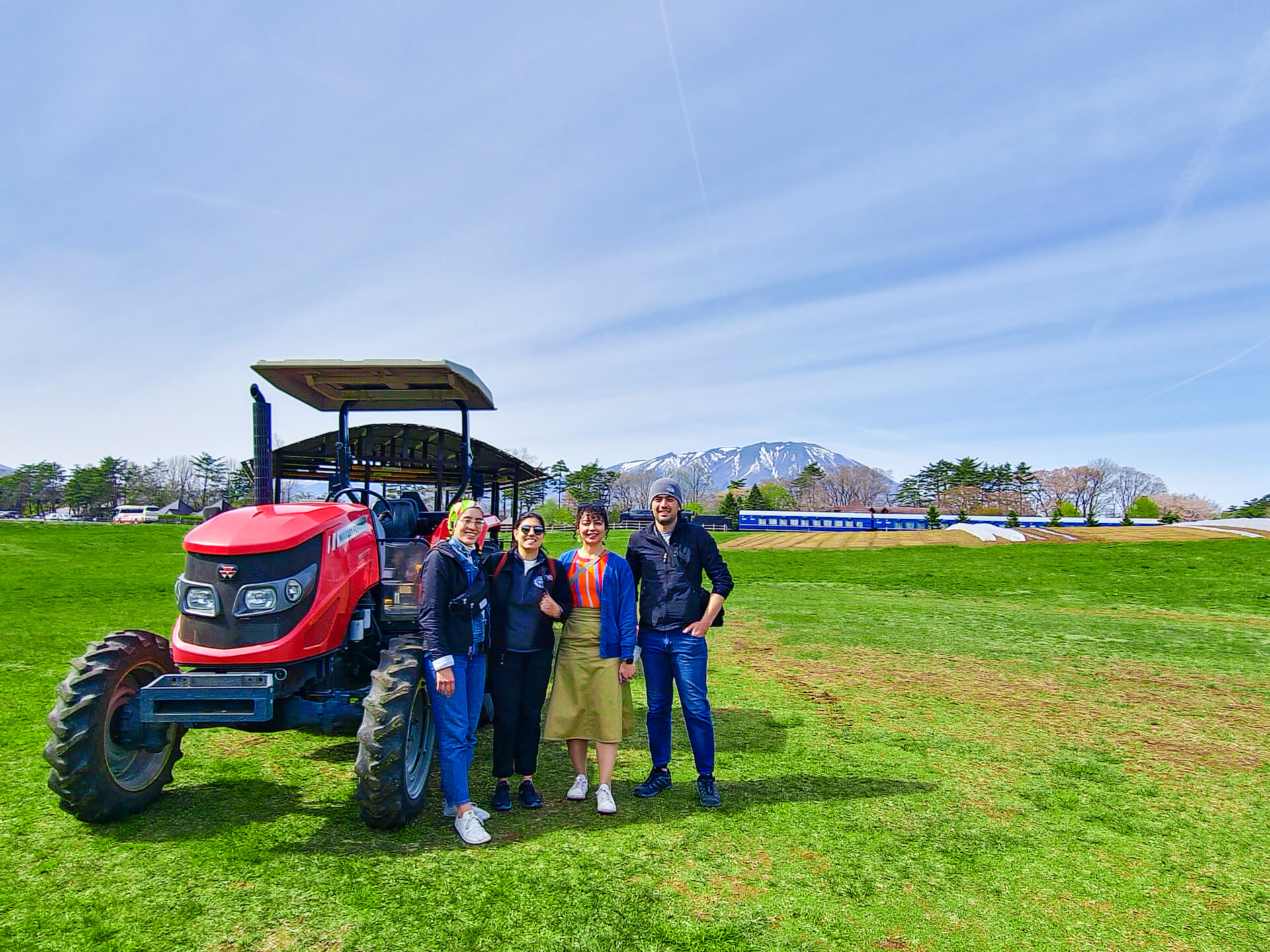
When is your next trip and what part of Japan are you travelling to?
I’m currently planning a Sakura-themed trip in April, focusing on less-known but beautiful cherry blossom spots. The exact destinations will depend on the cherry blossoms’ blooming schedule, which can vary. This trip is designed for flexible travelers who enjoy unique, off-the-beaten-path experiences, combining scenic beauty with outdoor adventures. Additionally, I’m organizing a summer trip to Hokkaido, a hidden gem for outdoor lovers and food enthusiasts, offering a mix of nature and culinary delights in Japan’s cooler northern region.
Tell us about 3 unique things about the Japanese culture?
A. Bowing: People slightly bow to show gratitude, like thanking staff serving them.
B. Thinking of Others: Japanese people are considerate in public, like not talking on public buses or trains, and letting passengers off the train first before boarding.
C. Trash Management: They separate trash into specific types like flammable and non-flammable. The trash is then placed in designated areas, often covered with blue plastic to deter crows from scattering it.
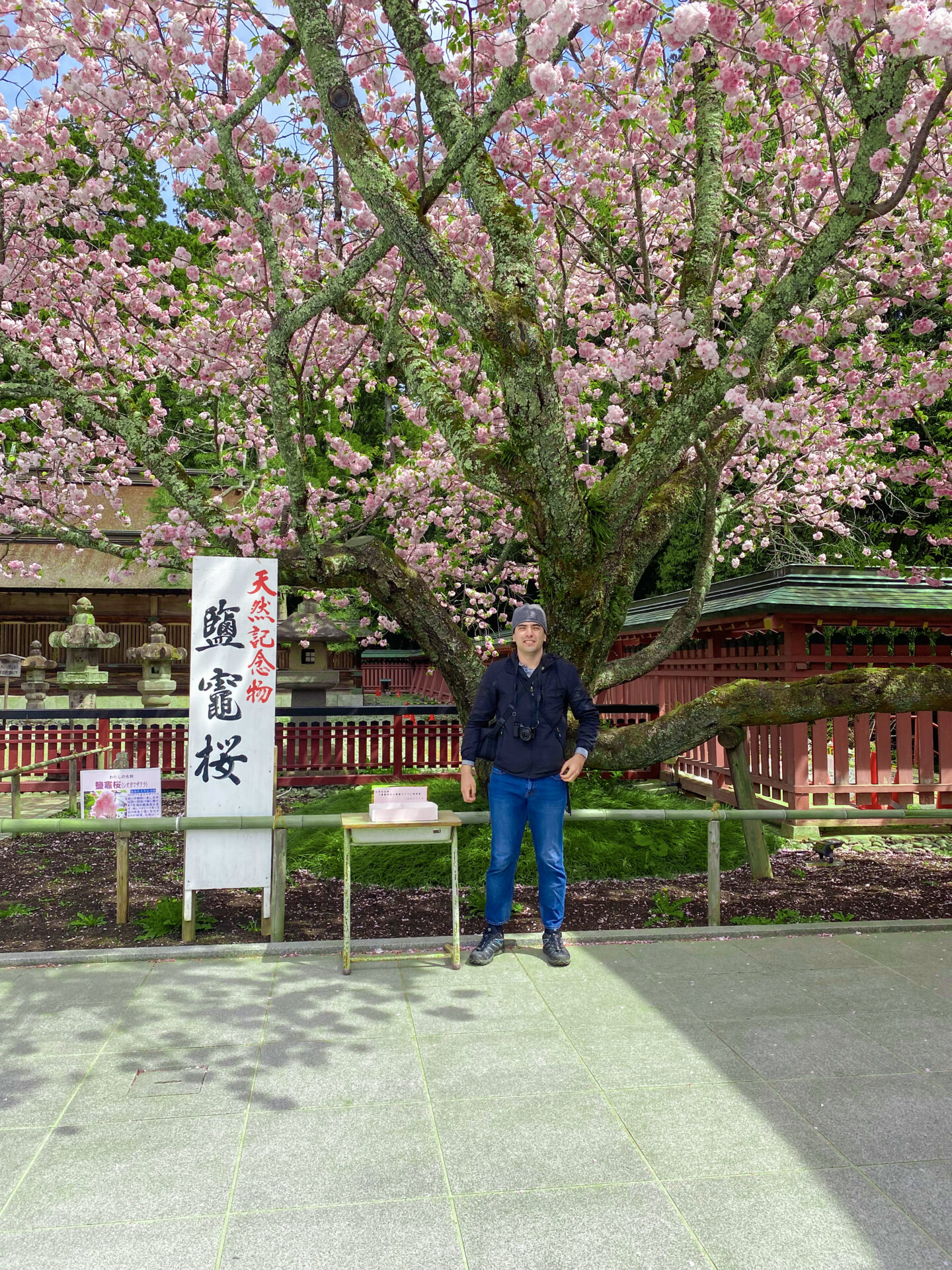
What are the most common myths about Japan?
a.Regarding the myth of high expenses in Japan: Tokyo may be pricey, but other cities like Kobe offer a balance of luxury and affordability, especially with the yen’s recent depreciation. This makes Japan a compelling destination, potentially offering better value than Europe, despite the distance and language barrier.
b.About anime fandom in Japan: The popularity of anime varies between Japan and international audiences. For example, while “Crayon Shin-Chan” and “Samurai Pizza Cats” found greater popularity abroad, in Japan, their reception was more muted. Similarly, “Elfen Lied” and “The Big O” gained cult status in the U.S. despite not being as successful in Japan. From my personal experience, I found that when I was a kid Pokémon for example was considered outdated by my Japanese peers, illustrating the difference in anime reception between Japan and other countries.
c.Japan is mostly Sushi and Ramen: Japanese cuisine is more than just sushi and ramen, with each region offering unique dishes. In Hokkaido, you’ll find Genghis Khan Barbecue, featuring lamb and vegetables. Meanwhile, in Morioka, the Wanko Soba Challenge is famous, where participants try to eat as many soba bowls as possible, receiving a certificate for their effort. These examples highlight the diverse and rich culinary traditions across Japan.
What is your favourite Japanese food?
My favorite Japanese food is Kyushu-style Udon, especially from the “West” restaurant chain or the local place near my grandparents’ home. This eatery has been around for 60 years, known for its exceptional Udon. I love pairing it with a side of Kashi Onigiri.
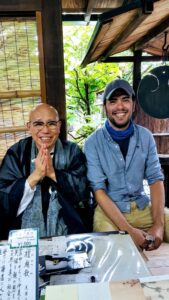
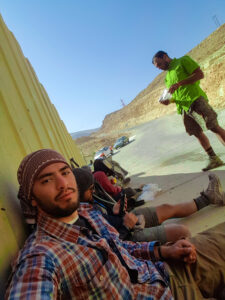
What is the best time to travel to Japan?
Japan is great to visit any time of the year, with each season offering something special. If you’re into outdoor activities, summer is perfect for exploring Hokkaido or the Nagano region. The season and your interests will guide the best time for your visit.
Does your travel program have a mission or focus? How are your trips different from a typical tour?
The mission of our travel program is to showcase Japan’s lesser known yet equally captivating sides, beyond the usual destinations like Tokyo, Osaka, and Kyoto. We focus on providing unique experiences in different regions, tailored to the season and local culture. Our aim is to immerse travelers in authentic Japanese culture while ensuring their comfort. Unlike typical tours that stick to the same popular spots, our program is dynamic, adapting to the best each region offers at different times of the year. This approach allows travelers to enjoy a more diverse and enriching experience of Japan.
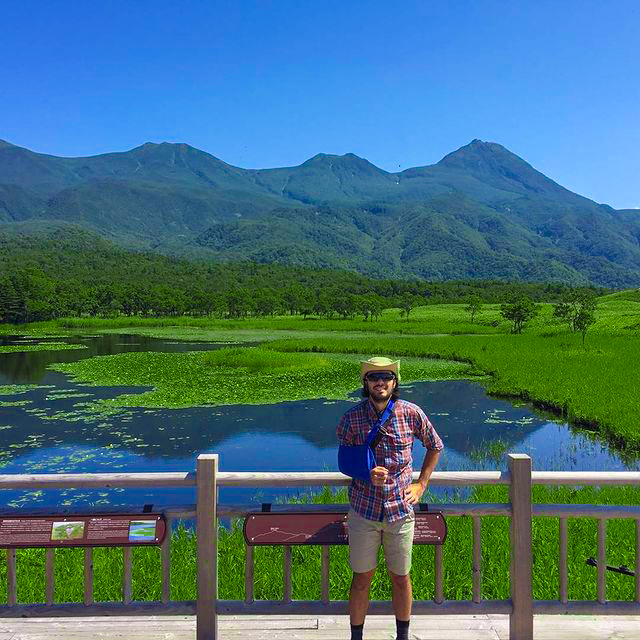
What are your future plans?
Personalized Travel Experiences: Offering custom itineraries for special trains, unique places, and tailored schedules, focusing on less popular destinations.
Content for GCC Travelers: Providing helpful content and guidance specifically for travelers from the GCC region.
Expanding Guide Team: Currently the sole guide but planning to employ private guides for individual or group tours.
Specialized Guides for Diverse Interests: Ensuring a memorable experience by matching travelers with guides who specialize in their specific interests.
Managing Growth: Balancing the expansion while maintaining the quality and uniqueness of the travel experience.
What are some of your other hobbies?
My hobbies include working out with exercises like sled pushing and pulling, focusing on functional strength for sports like volleyball and ultimate frisbee. I also enjoy investing in stocks, researching companies with potential, and applying supply and demand principles to identify early investment opportunities for long-term gains.
Your message for us at CP magazine.
I’m grateful to CP magazine for featuring my story. It’s a privilege to be part of a publication that celebrates diverse stories and perspectives. Through this opportunity, I hope to inspire readers to explore beyond the usual and discover the depth and uniqueness of Japan’s culture and travel experiences. Thank you for giving me a platform to share my passion and insights with a broader audience.
